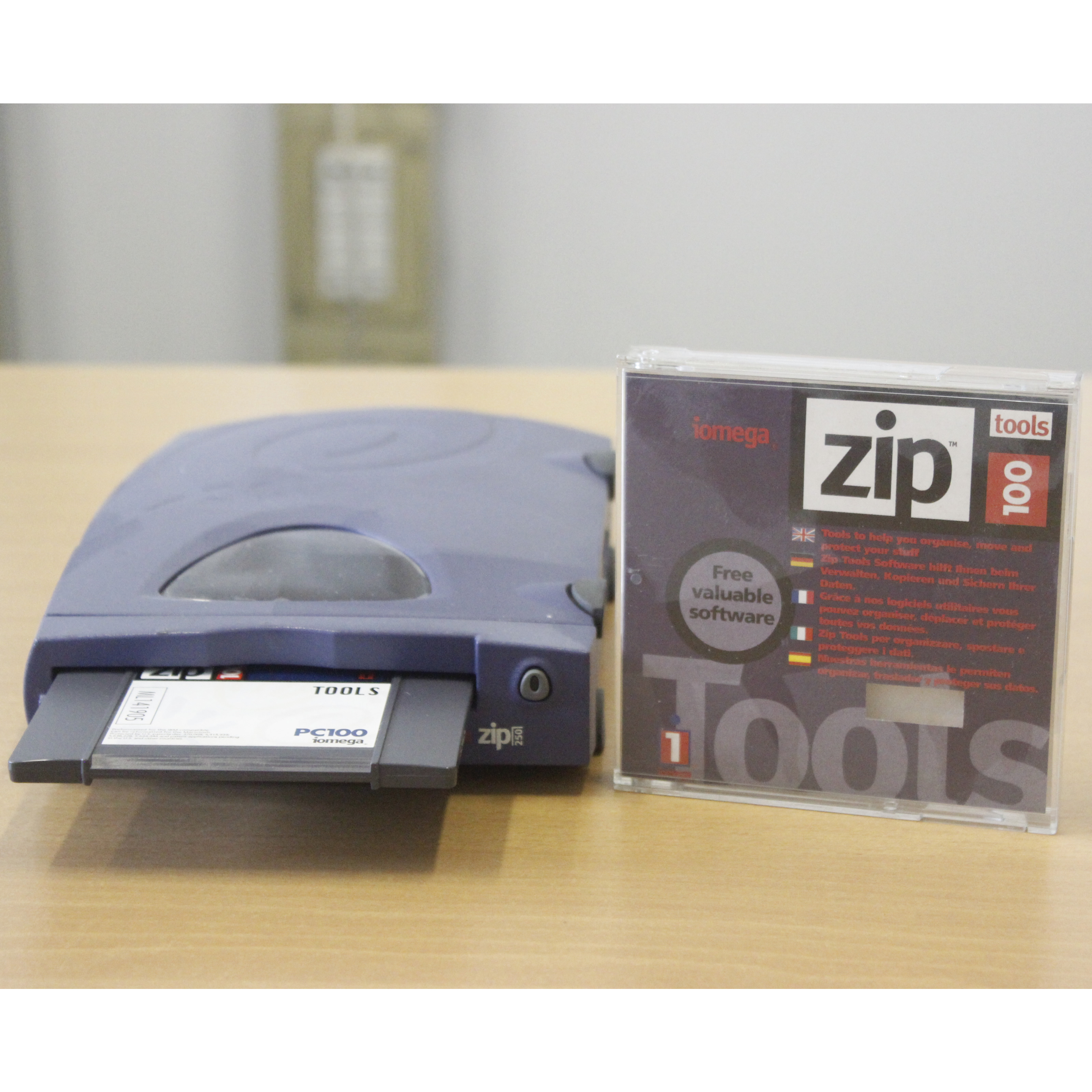
The Iomega Zip, also called "zip disk", is a removable support, similar to a floppy disk both in appearance and technology used, but with much greater capacity. Produced by Iomega, in the initial version it allowed to store up to 100 Megabytes. With subsequent versions, capacity was firstly increased to 250 Megabytes, and then 750 to Megabytes.
Insights
The device first appeared on the market in 1994, with some success due to the relatively low cost of the drive. In fact, Iomega aimed to make money by maximizing the sale of the disks, which initially cost $ 20 each, and to achieve this goal it was willing to sell the drives at cost price or even at a loss. For some years the direct competitor of the IomegaZip was the SuperDisk or LS-120, introduced on the market in 1997 by the company Imation, which, unlike the Iomega Zip, used more capacious 120 MiB media, and was also able to read and write normal 3.5 inch floppy disks.
The use of Iomega Zip drives has decreased with the spread of burners and the rapid decrease in the cost of rewritable CD and DVD media and, subsequently, it has practically disappeared with the entry into common use of "USB sticks", which take advantage of flash memory technology.
Unlike cd-roms (which are optical drives), Zip disks use inside a disk of magnetic material to store information, which is read and written in the same way as floppy disks. The Iomega Zip has been marketed in two versions: internal and external. The external version, at first, was available with a parallel interface (normally used on PCs to connect printers) or SCSI (high-performance interface normally found on workstations, servers and Apple Macintosh computers from the 1990s); this version was then joined by a USB version both 1.1 and 2.0. The parallel interface models were in fact SCSI models that contained an IEEE1284-SCSI converter inside. The internal version, on the other hand, was available with an ATAPI interface (used on PCs until the mid-2000s to connect mass memories) or SCSI. The models with parallel interface were the first to go out of production, side by side and then replaced by devices with USB and Firewire interface.
Fun facts
About 1% of the Zip units sold were plagued by a problem that resulted in the loss of alignment of the magnetic heads. Once the alignment was lost, if the user inserted a disk into a defective unit, it was irreparably damaged on its surface with the consequent loss of all the stored data. In some cases, the insertion of a damaged disk could in turn damage a perfectly functioning unit. This problem, known as "click of death" due to the noise produced by a defective unit, led to numerous interventions under warranty, causing damage to Iomega both in economic and image terms. In addition, in 1999, when the problem reached the peak of frequency, Iomega had recently launched on the market a pocket drive, based on the same technology used in the Zip, called unhappily Click. Due to the obvious association made by potential users with the "click of death" phenomenon, this product was later renamed PocketZip.






